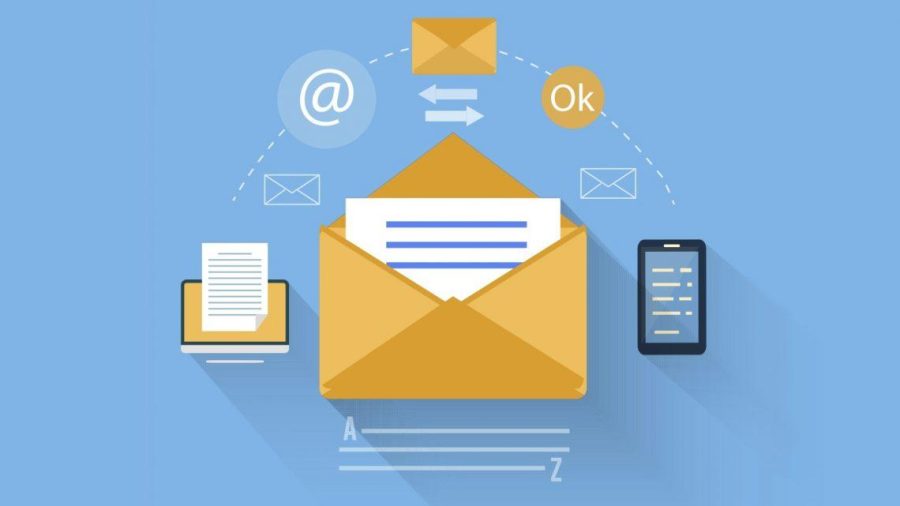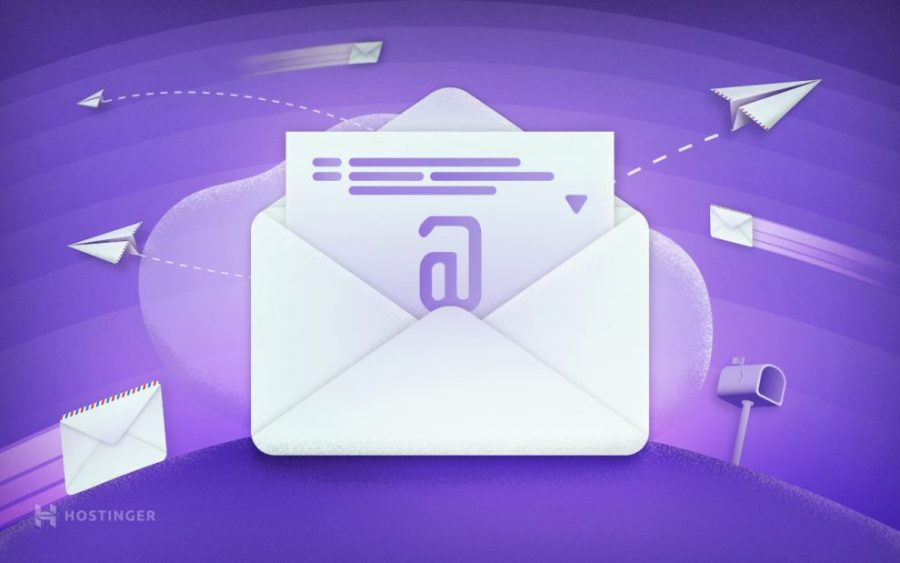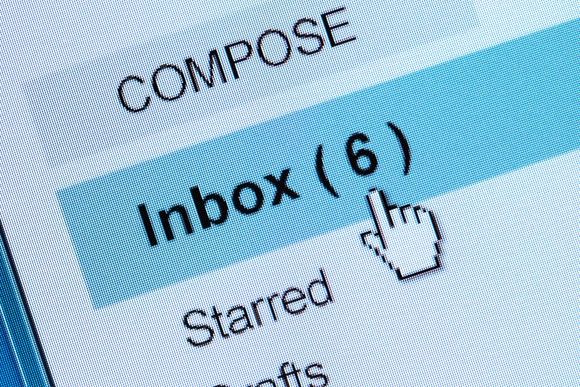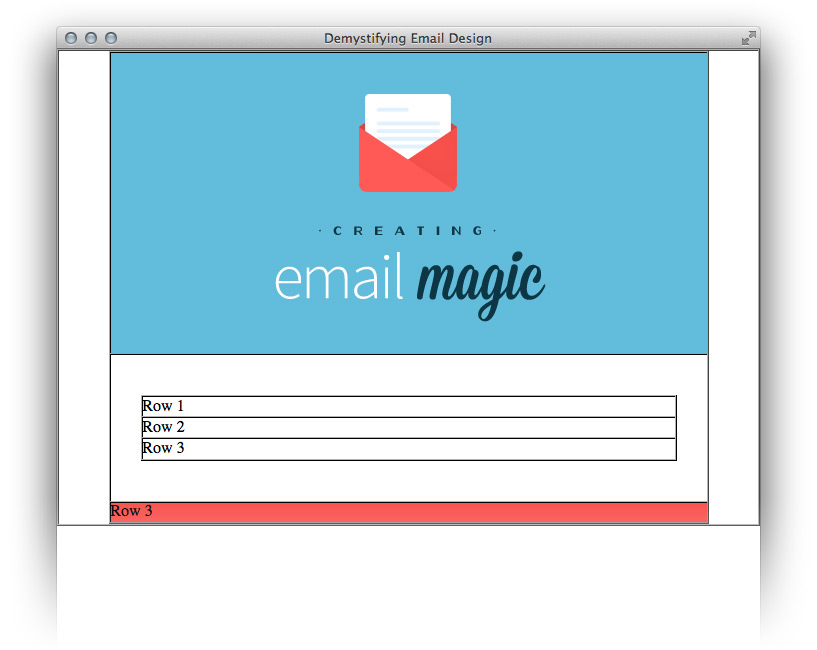When writing an email to a college, there are a few things to keep in mind. For example, be sure to introduce yourself and explain why you are interested in the school. You should also include your academic achievements and …
Category: How to Write an Effective Email Page 1 of 2

When it comes to the workplace, email is one of the most common forms of communication. It’s also one of the most important, since it can be used to communicate with your boss about anything from upcoming deadlines to requesting …

Angry emails are never fun to write. They can be extremely frustrating and overwhelming, but it is important to remember to stay professional. Here are a few tips on how to write an angry email professionally:
1. Address the email …

When you’re offered a job, the salary might not be what you were hoping for. In this situation, you can send a counter offer salary email to try to get a higher salary. This email should be polite and professional, …

Hello,
I am writing to request a change in my apartment. I have recently had a baby and I need a two-bedroom apartment. Can you please let me know if this is possible and what the process would be?
Thank …

When you check in, you let your supervisor or another designated person know that you have arrived at your destination and are starting your shift. This is an important email to send, as it lets your supervisor know that you …

A cancellation email is a message sent to a person or company who has made a reservation or appointment, informing them that you will not be able to attend. It is important to write a cancellation email that is clear, …

Thanksgiving is a time to come together with friends and family to give thanks for all the good in our lives. It’s also a time when many people reach out to those they are grateful for in their lives. If …

When you receive an invitation to a special event, it’s always important to respond as soon as possible. This is especially true when the event has a limited number of spaces, and the hosts are anxiously awaiting a final head …


